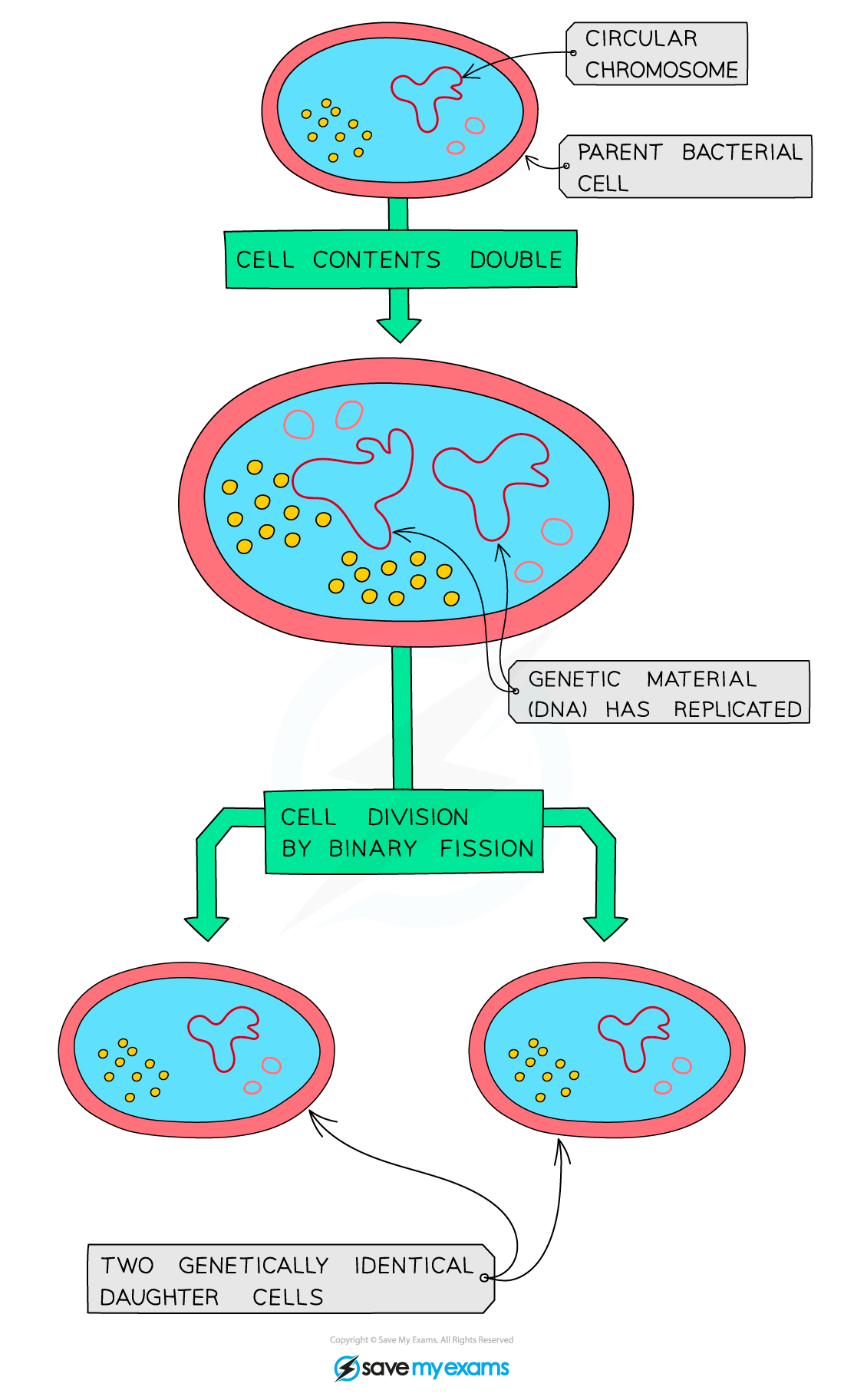Types of Reproduction (Edexcel GCSE Biology) : Revision Note
Did this video help you?
Sexual Reproduction
Sexual reproduction is:
The process involving the fusion of the nuclei of two gametes to form a zygote (fertilised egg cell) and the production of offspring that are genetically different from each other
Fertilisation is defined as the fusion of gamete nuclei, and as each gamete comes from a different parent, there is variation in the offspring
Gametes and zygotes
A gamete is a sex cell (in animals: sperm and ovum; in plants: pollen nucleus and ovum)
Gametes differ from normal cells as they contain half the number of chromosomes found in other body cells - we say they have a haploid nucleus
This is because they only contain one copy of each chromosome, rather than the two copies found in other body cells
In human beings, a normal body cell contains 46 chromosomes but each gamete contains 23 chromosomes
When the male and female gametes fuse, they become a zygote (fertilised egg cell)
This contains the full 46 chromosomes, half of which came from the father and half from the mother - we say the zygote has a diploid nucleus
Advantages and disadvantages of sexual reproduction
Although there are some clear advantages of sexual reproduction (in comparison to asexual reproduction), there are also a few disadvantages of sexual reproduction
Advantages & Disadvantages of Sexual Reproduction Table

Did this video help you?
Asexual Reproduction
Asexual reproduction is:
The process resulting in genetically identical offspring being produced from one parent
Asexual reproduction does not involve gametes or fertilisation
Only one parent is required so there is no fusion of gametes and no mixing of genetic information
As a result, the offspring are genetically identical to the parent and to each other (they are clones)
Many plants reproduce via asexual reproduction
Bacteria produce exact genetic copies of themselves in a type of asexual reproduction called binary fission

Bacteria produce exact genetic copies of themselves in a type of asexual reproduction called binary fission
Advantages and disadvantages of asexual reproduction
Whilst asexual reproduction has several advantages over sexual reproduction, it also has a few disadvantages
Advantages & Disadvantages of Asexual Reproduction Table

Comparing sexual and asexual reproduction
The key differences between sexual and asexual reproduction include:
The number of parent organisms
How offspring are produced (the type of cell division required)
The level of genetic similarity between offspring
The possible sources of genetic variation in offspring
The number of offspring produced
The time taken to produce offspring
Comparing Sexual & Asexual Reproduction Table


You've read 0 of your 5 free revision notes this week
Unlock more, it's free!
Did this page help you?
